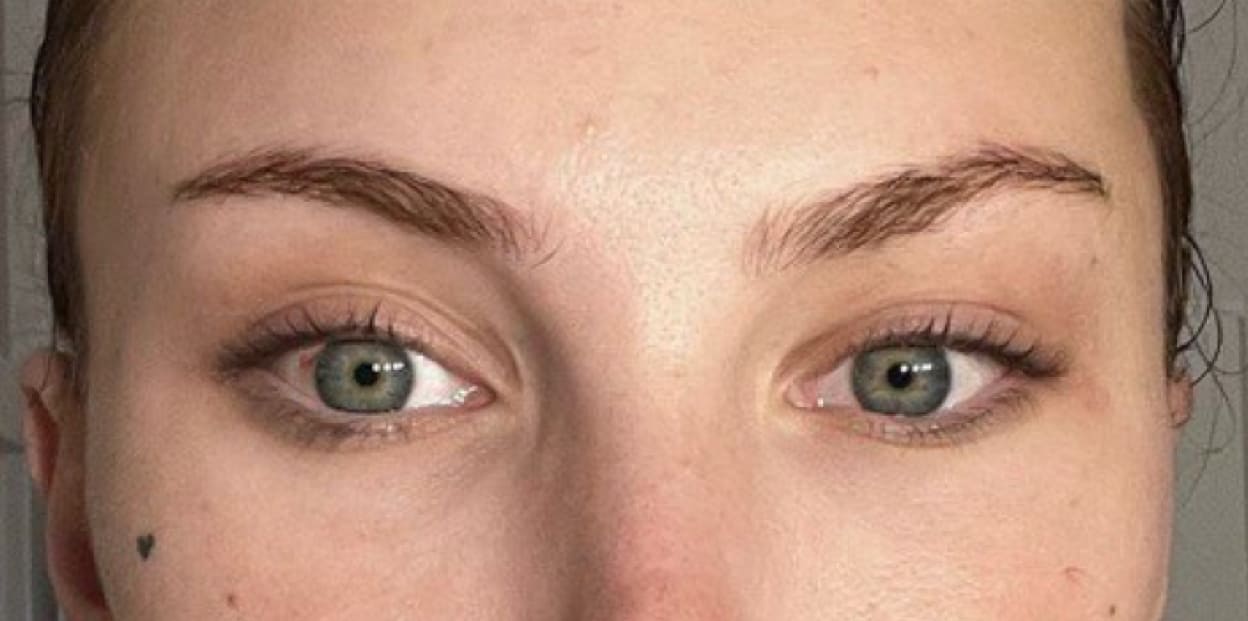Canthoplasty
What is it?
Canthoplasty is a surgical procedure aimed at changing the shape or position of the outer corner of the eye (lateral canthus).
The main goal of canthoplasty is to improve the aesthetic appearance of the eyes, enhance their symmetry, or correct functional problems.


What are the indications for canthoplasty?
Correction of age-related changes, such as sagging skin around the eyes
Changing the shape of the eyes for a more harmonious facial appearance
Creating an accentuated or more “exotic” eye shape
Treatment of ectropion (eyelid eversion)
Elimination of post-traumatic consequences or reconstruction after surgeries
Support or strengthening of the canthal tendon, which may lose tone.
How is the preparation for rhinoplasty carried out?
Preparation for rhinoplasty is an important stage that helps minimize risks, ensure safe surgery, and achieve the desired results.
It consists of several key steps.
Health assessment: The doctor examines the eyes, eyelids, and surrounding skin to determine if the patient is suitable for the procedure.
Expectation discussion: The surgeon and patient determine the desired outcome and explain the realism of achieving it.
Technique selection: Depending on the patient's anatomical features, a surgical method is chosen (e.g., lateral canthoplasty, epicanthoplasty, etc.).
General health analysis: The patient may undergo blood tests, urine tests, coagulation tests, ECG, and other necessary examinations.
Vision check: In some cases, an ophthalmologist consultation is performed to assess vision.
Are there contraindications to canthoplasty?
During the consultation, the surgeon carefully evaluates the patient's condition, test results, and medical history.
If there are relative contraindications, the doctor may suggest alternative correction methods or postpone surgery until the risks are addressed (e.g., during pregnancy and lactation).
Absolute contraindications to canthoplasty are:
Decompensated diabetes
Uncontrolled hypertension
Severe cardiovascular diseases
Oncological diseases
Active viral, bacterial, or fungal infections
High fever or the presence of an inflammatory process in the body
Glaucoma or increased intraocular pressure
Infectious or inflammatory eye diseases (blepharitis, conjunctivitis)
Retinal detachment or other serious eye pathologies
Hemophilia or other coagulopathies
Use of anticoagulants, if they cannot be temporarily discontinued
What are the methods of performing canthoplasty?
An incision is made in the area of the outer canthus
The canthal tendon is modified or reinforced to achieve the desired shape.
Corrects everted lower eyelid in ectropion, which can cause discomfort or tearing
Corrects eyelid inversion (entropion), which may cause irritation due to eyelash contact with the eyeball.
Changes the position of the outer eye corner (lateral canthus)
Used to lift the outer edge of the eye to achieve a younger and more lifted appearance.
Changes the shape or removes the epicanthal fold (skin fold near the inner eye corner).
Performed after injuries, oncological surgeries, or other interventions that disrupted the anatomical structure of the eyelids and canthus to restore function and appearance.
Canthopexy - the canthal tendon is tightened without incision
Often combined with blepharoplasty to enhance results
Combined techniques: Canthoplasty can be combined with blepharoplasty (eyelid correction) or epicanthoplasty to achieve a comprehensive result.
How is the recovery after canthoplasty?
Recovery after canthoplasty is an important stage that significantly affects the final result of the surgery.
Recovery stages:
Swelling and bruising around the eyes are a normal body reaction
Mild pain or discomfort can be controlled with prescribed analgesics.
It is recommended to apply cold compresses (through soft fabric) to reduce swelling and avoid touching or pressing the surgical area.
Swelling gradually decreases
Mild itching or tightness may occur.
Recommendations:
Use ointments or drops prescribed by the doctor (e.g., antibiotics or moisturizing drops)
Avoid cosmetics and other products in the eye area, and do not rub the eyes
Avoid physical exertion, bending the head down, and lifting heavy objects.
Most swelling and bruising disappear
Incisions heal, forming a thin scar that gradually becomes less noticeable
Recommendations:
Gently wash your face, avoiding strong rubbing
Apply sunscreen or wear sunglasses to protect the sensitive area from UV rays.
The final result becomes noticeable
Swelling completely subsides, and tissues adapt.
Recommendations:
Avoid tanning beds and prolonged sun exposure for 3-6 months
Returning to active sports is possible after 4-6 weeks.
Following our doctors' recommendations and careful care of the surgery area will ensure quick recovery and long-lasting results.
Prices for Canthoplasty
Preoperative test package
3200 UAH
Simple dressing
500 UAH
Surgery cost
22500 UAH
Contacts
On.teodor@gmail.com
Address
Lviv, Dekarta St. 6
